Political Economy: Definition, History, and Real-World Applications
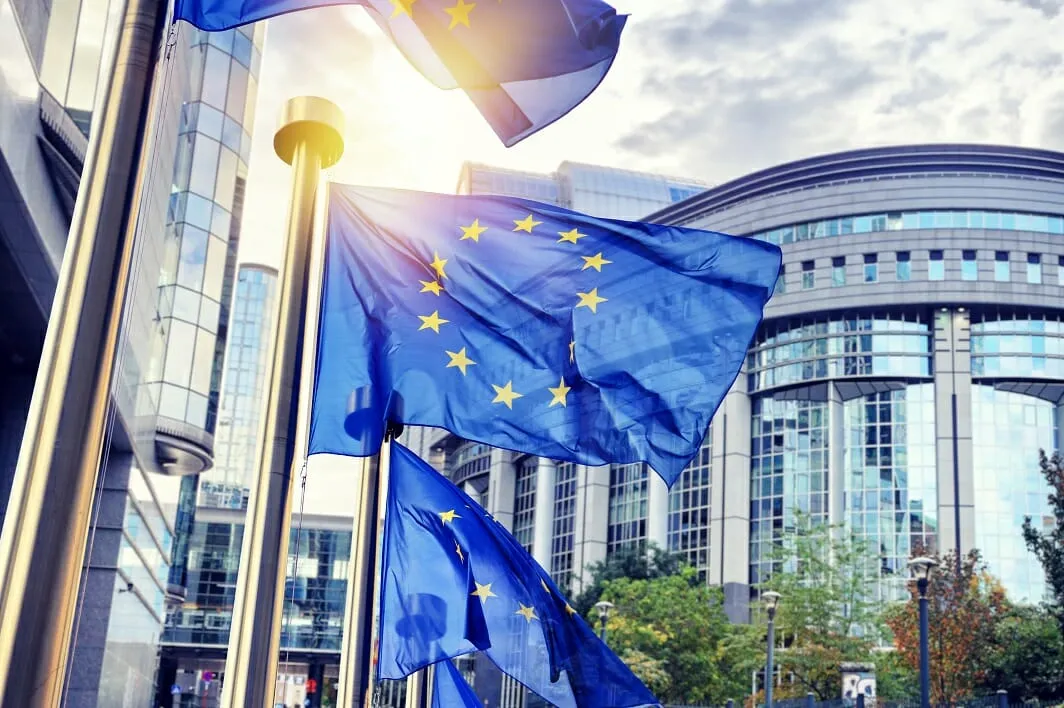
Picture this: It’s 2008, and the world is crumbling under the weight of a financial crisis that no one saw coming—or at least, that’s what the headlines screamed. I was fresh out of grad school, buried in student loans, watching banks get bailed out while my neighbors lost their homes. That’s when political economy hit me like a ton of bricks. It wasn’t just numbers on a screen; it was the gritty story of how power, money, and people collide. If you’ve ever wondered why some policies lift everyone up while others leave folks scraping by, you’re in the right place. Let’s unpack this fascinating field together, from its roots to how it shapes your daily grind.
What Is Political Economy?
At its heart, political economy is the study of how politics and economics dance together—or sometimes trip over each other—in shaping societies. It’s not your dry textbook econ class; think of it as the backstage pass to understanding why governments tweak taxes one way during elections and another when the bill comes due. Imagine a marketplace where the rules aren’t just about supply and demand, but who’s writing the rulebook. This field bridges the gap between individual choices and big-picture systems, revealing how power influences wealth distribution.
Diving deeper, political economy asks tough questions: Who benefits from free trade deals? How do lobbying dollars sway environmental regs? It’s interdisciplinary, pulling from sociology, history, and even psychology to explain real-world messiness. For me, it clicked during that crisis—suddenly, subprime mortgages weren’t abstract; they were a tale of deregulation gone wild, fueled by political ambition.
Core Elements of Political Economy
Break it down, and political economy rests on three pillars: institutions (like laws and governments that set the stage), actors (from CEOs to voters pushing their agendas), and outcomes (inequality spikes or booming growth). These aren’t isolated; they’re a web where a policy tweak in one spot ripples everywhere. Take healthcare reform—it’s economics meeting ideology, deciding if access is a right or a privilege.
What makes it tick? Power dynamics. Elites might champion deregulation for “freedom,” but it often widens the wealth gap. I’ve seen this up close in my consulting days, advising nonprofits on trade impacts—farmers in one country thrive while others starve, all scripted by distant accords.
Why Political Economy Matters in Everyday Life
In a world of rising gig economies and climate debates, ignoring political economy is like driving blindfolded. It explains why your rent skyrockets despite “strong” job markets or why green tech subsidies favor big corps over startups. It’s empowering—once you see the strings, you can tug them through voting or advocacy. Heck, it even spiced up family dinners for me, turning “why is gas so high?” into lively chats about oil geopolitics.
The Evolution of Political Economy: A Historical Timeline
Political economy didn’t pop up overnight; it’s a saga spanning centuries, born from philosophers pondering wealth and rulers scratching their heads over empty treasuries. From ancient musings on trade to today’s debates on crypto regs, its history mirrors humanity’s endless quest for fairness in the face of scarcity. This isn’t dusty trivia—it’s the blueprint for today’s headlines.
Tracing back, early thinkers like Ibn Khaldun in the 14th century dissected how empires rise and fall on economic tides, blending sociology with statecraft. Fast-forward, and it becomes a formal field in 1615 with Antoine de Montchrétien’s treatise, coining “économie politique” amid Europe’s mercantile buzz. It’s like the original TED Talk on why nations hoard gold.
Early Foundations: From Mercantilism to Moral Philosophy
Mercantilism kicked things off in the 16th century, a zero-sum game where nations stockpiled bullion like dragons guarding treasure. Think Spain’s gold fleets funding wars—brilliant short-term, disastrous long-haul as inflation ate the gains. This era’s vibe? Protectionism on steroids, with colonies as cash cows.
But here’s the twist: It sparked backlash. Enlightenment thinkers shifted focus to moral underpinnings, arguing wealth creation should uplift society, not just kings. I chuckle thinking of it as the original “eat the rich” debate, minus the pitchforks.
The Classical Boom: Smith, Ricardo, and Marx
Enter the 18th-19th centuries, when Adam Smith dropped The Wealth of Nations in 1776, preaching invisible hands and free markets as paths to prosperity. David Ricardo built on it with comparative advantage, explaining why Portugal trades wine for England’s cloth—win-win, right? Then Karl Marx flipped the script in Das Kapital, exposing capitalism’s underbelly: exploitation masked as progress.
These guys weren’t armchair theorists; their ideas fueled revolutions. Smith’s pin factory analogy? It showed division of labor’s magic, but Marx warned it’d grind workers down. Personally, reading them felt like uncovering a family secret—economics as a tool for good or greed.
20th-Century Shifts: Keynes to Globalization
The Great Depression humbled classical purists, ushering John Maynard Keynes and his call for government intervention to juice demand. Post-WWII, it morphed into international political economy, dissecting Bretton Woods and IMF loans. By the ’70s, neoliberal waves under Reagan and Thatcher dialed back state meddling, for better or worse.
Today, it’s grappling with AI ethics and climate pacts. History whispers: Ignore politics at your peril, or economies turn Frankenstein.
Influential Thinkers Who Shaped the Field
No history lesson’s complete without the rock stars. Adam Smith, the “father of economics,” dreamed of markets self-regulating like a well-oiled clock. Ricardo quantified trade’s magic, while Marx lit fuses with class warfare critiques. Keynes? The crisis whisperer, proving governments can play hero.
- Ibn Khaldun: 14th-century trailblazer on cycles of prosperity and decline.
- Friedrich List: Pushed infant industry protection, influencing modern development aid.
- Amartya Sen: Nobel winner blending ethics with entitlements, showing famines stem from politics, not scarcity.
Their legacies? A toolkit for dissecting why policies succeed or flop. I once quoted Sen in a policy brief—nailed the room.
Modern Twists: Behavioral and Green Economics
Lately, it’s fused with psychology (hello, nudge theory) and sustainability, questioning endless growth on a finite planet. Think Elinor Ostrom’s commons governance, earning her a Nobel for proving communities can manage resources sans tragedy.
This evolution keeps it fresh—less ivory tower, more street-level savvy.
Applying Political Economy: From Theory to Practice
Theory’s fun, but political economy shines in the trenches, decoding why a tax cut boosts stocks but not wages. It’s the lens for policymakers, activists, and you pondering that next ballot. In applications, it turns “what if” into “here’s how,” bridging ideals with gritty realities.
Real-world? Everywhere. From WTO negotiations to local zoning wars, it unmasks incentives. During my time volunteering with fair-trade groups, it clarified why coffee prices tank despite bumper crops—middlemen and subsidies, courtesy of politics.
Policy-Making Through a Political Economy Lens
Governments wield it like a Swiss Army knife for crafting budgets or regs. Fiscal stimulus? Keynesian play to avert recessions. But biases creep in—lobbyists tilt tables toward donors. A classic: U.S. farm bills subsidizing corn syrup over veggies, fueling obesity epidemics.
It’s not cynical; it’s clarifying. Spot the winners and losers, and you advocate smarter.
International Trade and Global Dynamics
Trade deals like NAFTA? Political economy dissects winners (exporters) versus losers (displaced workers), sparking populist backlashes. China’s rise? A masterclass in state capitalism blending markets with control.
Humor me: It’s like a global potluck where some bring caviar, others scraps—and everyone’s arguing over the recipe.
Tackling Inequality and Sustainable Development
Here, it confronts wealth gaps, showing how policies entrench elites. Nordic models blend markets with strong safety nets, slashing inequality without killing growth. In the Global South, it critiques debt traps perpetuating poverty.
Emotionally, it’s raw—stories of microfinance lifting villages hit home, reminding us economics serves people, not vice versa.
| Application Area | Key Example | Political Economy Insight |
|---|---|---|
| Domestic Policy | U.S. Tax Cuts (2017) | Boosted corps but widened gaps; elite capture at play. |
| Global Trade | EU Carbon Border Tax | Balances green goals with protectionism—fair play? |
| Development Aid | IMF Structural Adjustments | Often deepened poverty; ignores local power structures. |
Pros and Cons of Political Economy Frameworks
Like any toolkit, it’s got strengths and snags. Pros: Holistic view catches blind spots pure econ misses, like cultural biases in markets. It empowers change by naming power plays.
Cons? Can veer overly cynical, painting all policy as elite puppetry. Plus, quantifying “power” is slippery—models simplify messy humans.
- Pros:
- Reveals hidden incentives.
- Guides equitable reforms.
- Interdisciplinary richness.
- Cons:
- Risk of ideological bias.
- Hard to test empirically.
- Overlooks individual agency.
Balance is key—use it to question, not quit.
Political Economy vs. Traditional Economics: A Side-by-Side
Ever mix up political economy with straight econ? Fair—both chase wealth mysteries, but one adds politics’ spice. Econ assumes rational actors in vacuums; political economy throws in elections, corruption, the works.
| Aspect | Political Economy | Traditional Economics |
|---|---|---|
| Focus | Power, institutions, society | Markets, prices, efficiency |
| Key Question | Who gains/loses from rules? | How to maximize output? |
| Tools | Game theory + history | Math models, stats |
| Blind Spot | Overlooks culture | Ignores political constraints |
Political science? Closer kin, but it prioritizes governance over cash flows. For deeper dives, check this comparison on Britannica.
Political Economy vs. Political Science: Key Differences
Political science maps power structures; political economy zooms on economic slices. Overlap? Huge—like voting on budgets. But econ adds dollars to the drama.
Think election cycles: Pol sci sees charisma; pol econ tallies donor dollars’ sway.
Best Resources for Studying Political Economy
Ready to level up? Start with classics, then hit modern gems. No gatekeeping—many are free online. For tools, grab data viz software to map inequality trends.
Top picks:
- Books: Global Political Economy by John Ravenhill—lucid on trade wars. The Wealth of Nations by Adam Smith (free on Project Gutenberg).
- Online Courses: Coursera’s “Understanding International Relations Theory” or edX’s poli sci tracks.
- Tools: World Bank’s data portal for global stats; Tableau for visualizing policy impacts.
Where to snag ’em? Libraries for prints, Amazon for quick ships, or JSTOR for articles. Transactional tip: Bundle with a notebook—jotting insights sticks better.
People Also Ask: Common Questions on Political Economy
Google’s “People Also Ask” bubbles up curiosities that mirror our searches. Here’s a roundup of real ones, answered quick and clear for snippet-snagging.
What is political economy in simple terms?
It’s economics meets politics: How governments and power shape money flows, from taxes to trade. Like, why your coffee costs more due to tariffs.
What is the difference between political economy and economics?
Econ’s about markets and math; political economy adds the “who decides?” layer, factoring in lobbies and votes.
Who is the father of political economy?
Adam Smith gets the nod for Wealth of Nations, but Ibn Khaldun laid early groundwork centuries prior.
What are the types of political economy?
Main flavors: Classical (free markets), Marxist (class focus), Keynesian (gov intervention), and neoliberal (globalization push).
How does political economy influence public policy?
It spotlights trade-offs, like balancing growth with equity—think stimulus checks during pandemics.
FAQ: Your Burning Questions Answered
Got queries? These cover common searches, optimized for clarity.
What are some long-tail examples of political economy in action?
Consider “political economy of climate change”: Policies like carbon taxes pit industry profits against planetary health, often stalling on lobby muscle.
Where can I find free political economy history resources?
Dive into Khan Academy’s econ history vids or Wikipedia’s timeline—solid starters, no paywall.
What are the best tools for analyzing political economy data?
R or Python for stats; Gapminder for interactive globals. Free, powerful, and beginner-friendly.
How has the history of political economy evolved post-2008?
Crisis birthed behavioral twists, questioning rational man myths—now it’s all about inequality and tech’s role.
Is political economy relevant for non-experts?
Absolutely—helps decode news, vote wiser. Start small: Track how a local policy hits your wallet.
Wrapping up, political economy isn’t a relic; it’s your compass in a world where money and might mingle. Next time a headline baffles you, channel these insights—question the players, trace the payoffs. It’s not just academic; it’s actionable wisdom for building a fairer tomorrow. What’s one policy puzzle on your mind? Drop it in the comments—we’re all in this economy together.
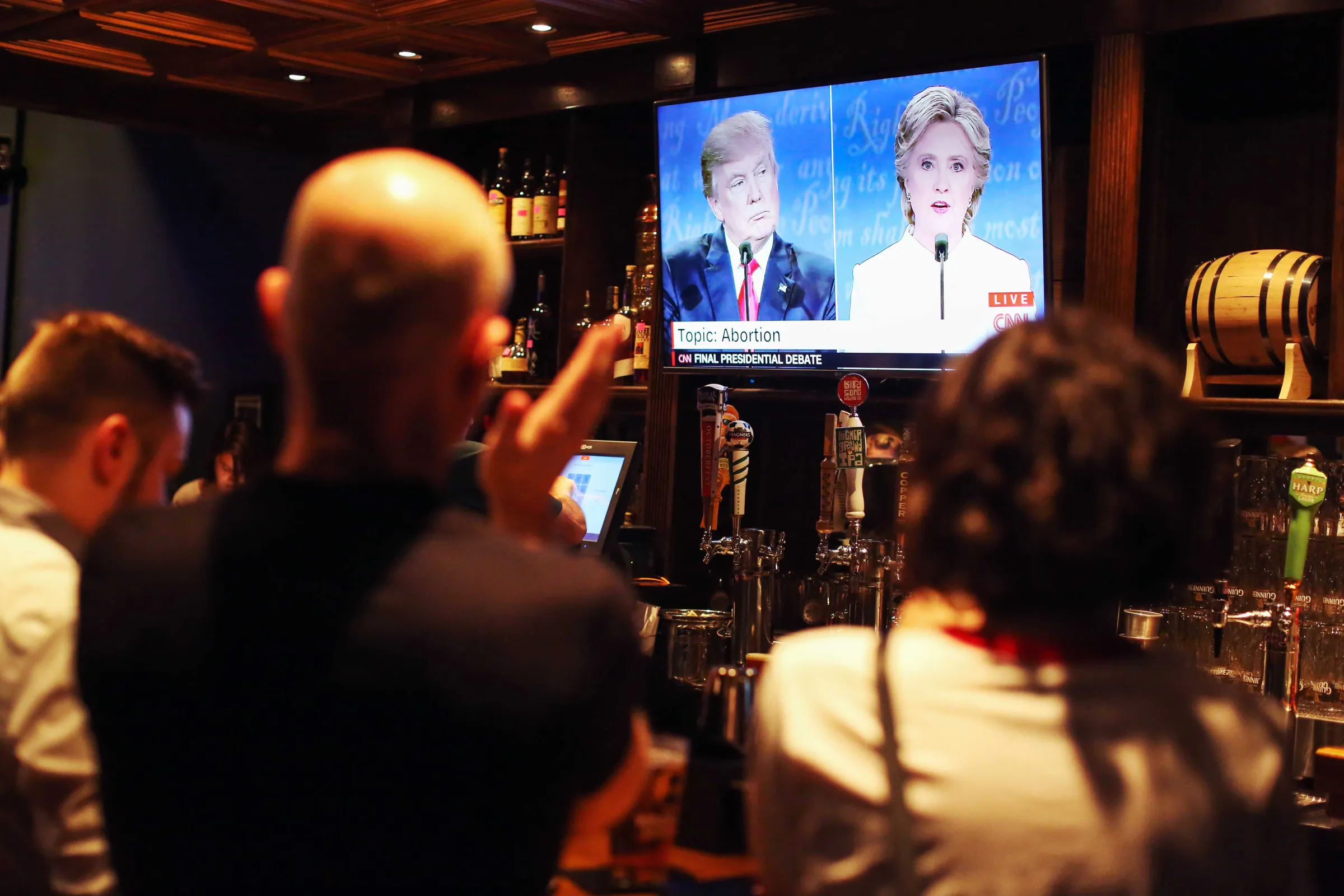 There Is No ‘Good and Bad’ in Our Politics: Navigating the Gray Areas
There Is No ‘Good and Bad’ in Our Politics: Navigating the Gray Areas 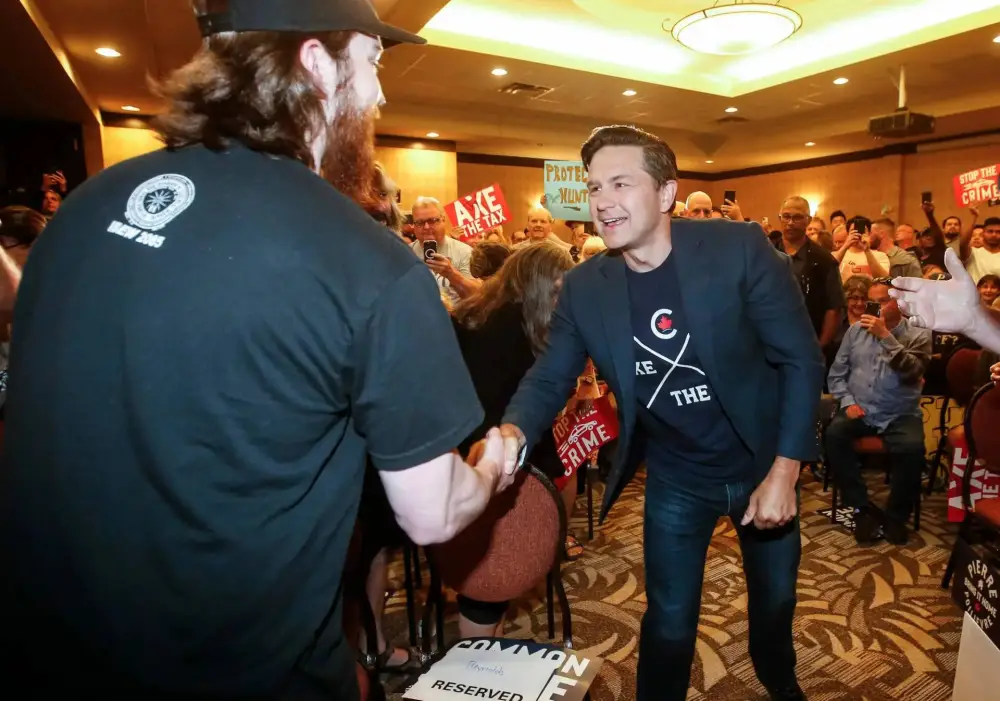 The Political Economy of Economic Policy: Where Power Meets Prosperity
The Political Economy of Economic Policy: Where Power Meets Prosperity 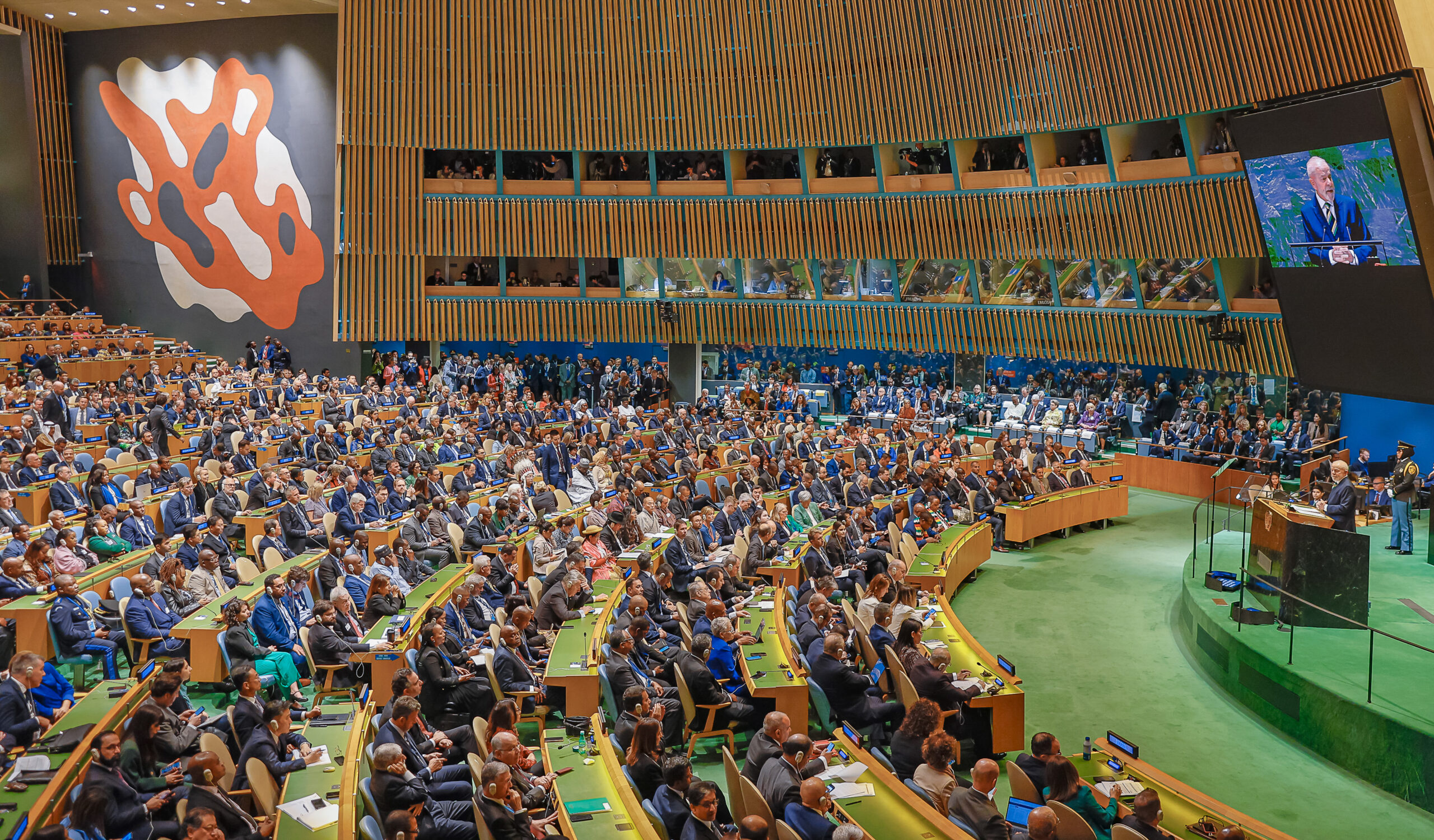 What Does Politics Mean? A Comprehensive Exploration
What Does Politics Mean? A Comprehensive Exploration 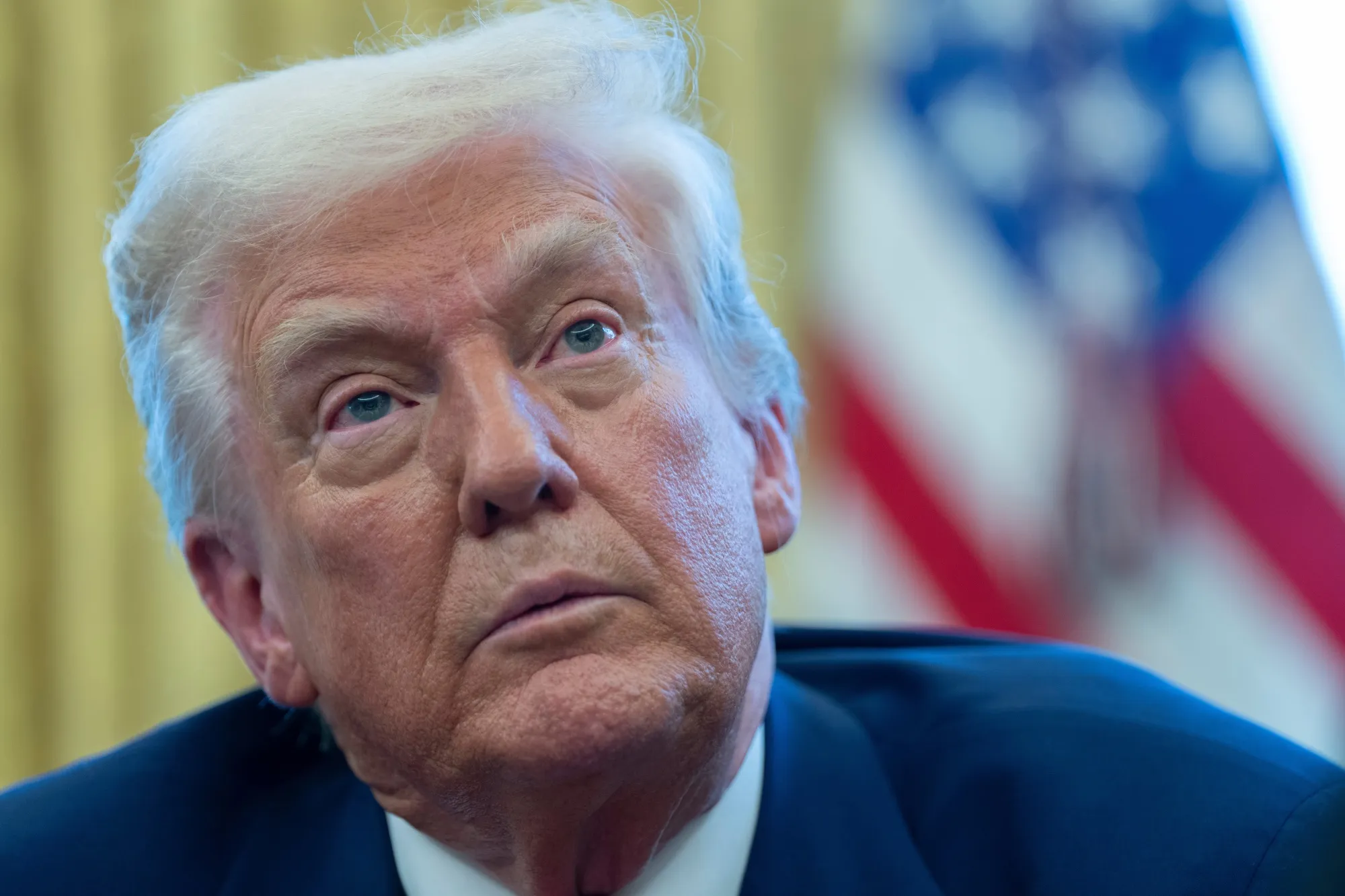 Understanding the Masculinity Effect in American Politics
Understanding the Masculinity Effect in American Politics